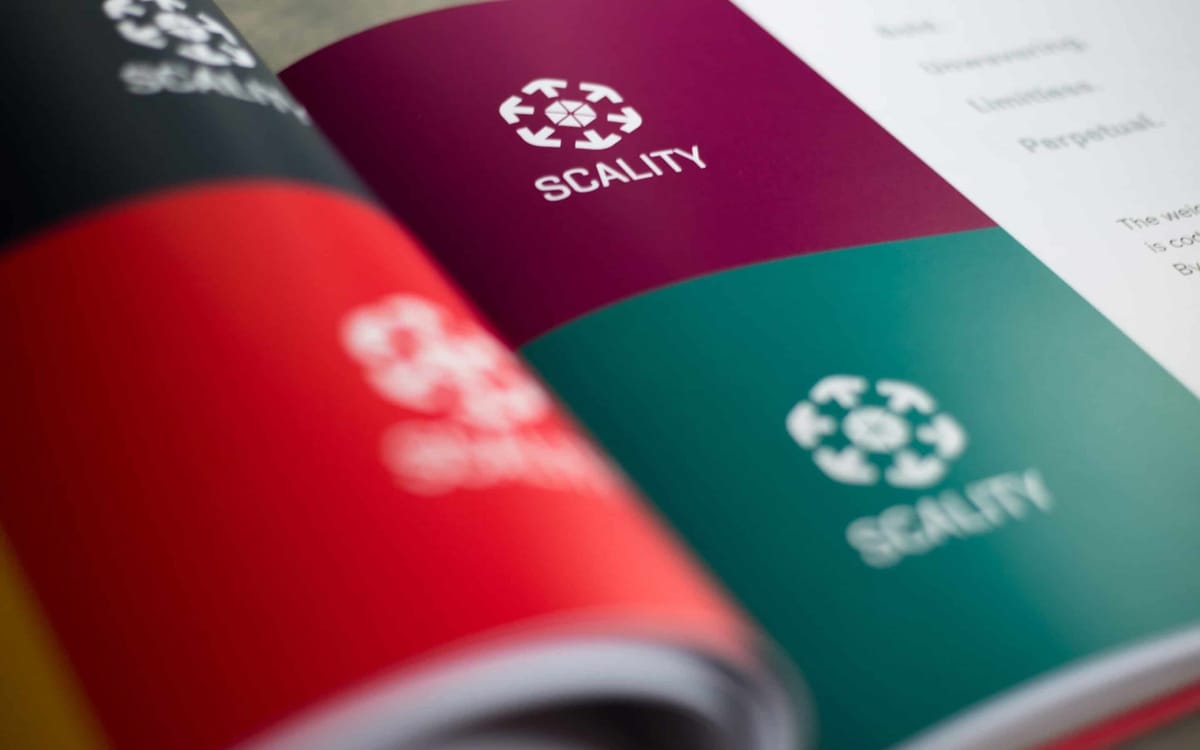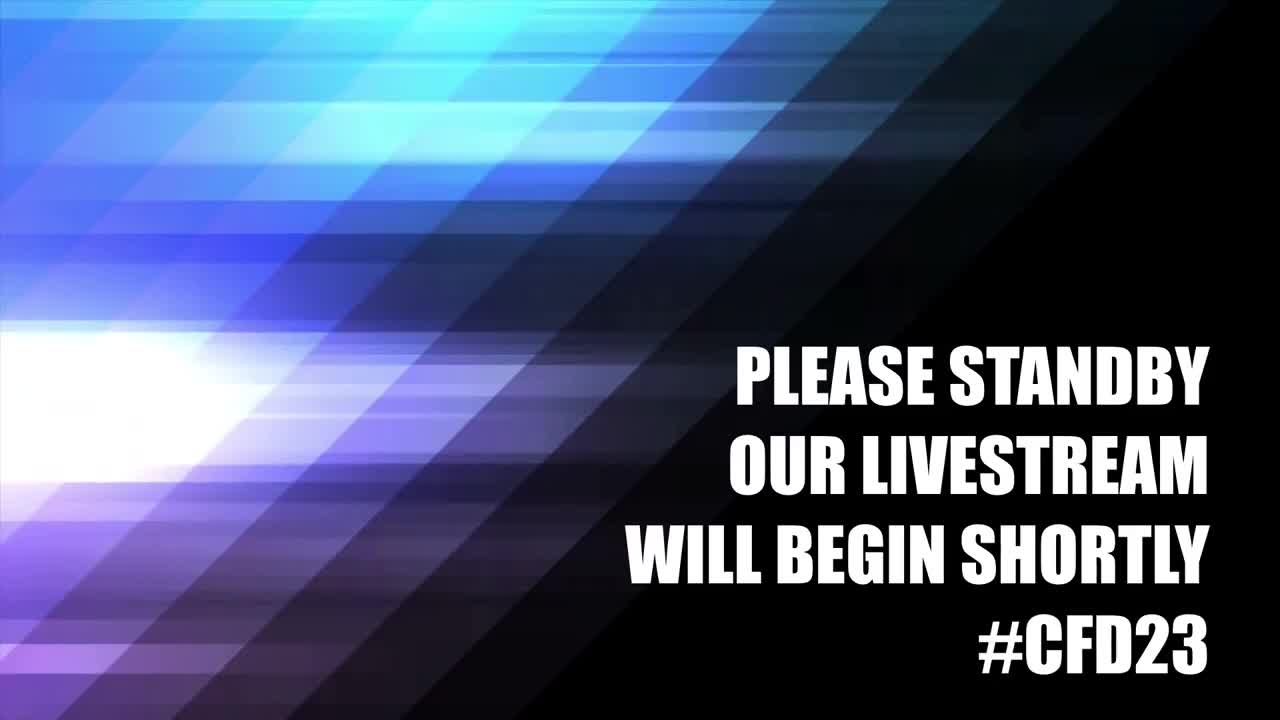Scality RING - From Microseconds to Magnetic Reels
Scality RING just turned fifteen. A period may not seem like much in human years, but in tech, it’s practically prehistoric. And yet, here it is - still spinning, still storing, now proudly AI-ready, as if any product launched after 2022 could not be.

Scality RING just turned fifteen. A period may not seem like much in human years, but in tech, it’s practically prehistoric. And yet, here it is - still spinning, still storing, now proudly AI-ready, as if any product launched after 2022 could not be. Yes, of course, it supports AI workloads. Yes, it’s cloud-native. And yes, it still happily offloads data to - wait for it - tape. Because nothing says “future of data” like magnetic spools in a basement.
In its latest incarnation, RING XP, Scality rolls out an all-flash version boasting sub-500 microsecond latency. Up to 100 times faster than Amazon S3, they say. Powered by NVMe and AMD EPYC processors, it’s tailor-made for AI, HPC, and anything that likes its data fast and hot. This is impressive - assuming you can afford an all-flash cluster that’s optimized, tuned, and ideally located somewhere that doesn’t treat bandwidth like a rare gem. But hey, even if you can’t hit those magical microsecond latencies, it still looks good on the slide deck.
In parallel, we get the newly minted Core5 model - a five-layer branding exercise designed to show that Scality is serious about cybersecurity. It features things like S3 Object Lock (immutability), AES-256 encryption, erasure coding, multi-site replication, and a fancy name for “we don’t overwrite data.” It’s solid stuff, though let’s be honest - it’s a list of best practices every storage vendor already offers, now with a catchy label. Because nothing says “secure” like a well-capitalized acronym.
But it’s when RING meets the real world that things get more… interesting. Take CNES-ESA, for instance. The French space agency has migrated from legacy NFS and SAN to RING’s object storage - a great move. But they’re still pushing data off to tape for long-term archiving. Yes, tape. To make it all work, they developed middleware that shuttles objects off the RING and onto tape, leaving behind a stub to mark where the data once lived. So if a researcher needs it again, the system knows it’s time to go dig it out of the vault. It’s hierarchical storage management circa 1998, now rebranded with an object API and a dash of AI if you squint hard enough.
And they’re not alone. One major European bank is using Scality RING to manage data for over 2,000 applications. They’re actively migrating between hardware generations - old servers out, shiny new ones in - with no need to disrupt access. Sounds elegant. Load balancing, though? That’s your job. You’ll need an external global server load balancer, to manage that. Because while RING scales horizontally, it doesn’t pretend to be your networking team. On the plus side, you can start with just two servers - though that’s a bit like driving a Ferrari in first gear.
At the other end of the spectrum is Iron Mountain, the archival behemoth that now sells “cloud” storage via Iron Cloud 2.0. They’re running not one, but two 1/4-exabyte RING deployments. And what’s behind them? Servers obviously and naturally tape. IBM libraries, to be precise, with data flowing through Atempo Miria, a software suite that might be more familiar to backup engineers than DevOps folks. So yes, you’re uploading your precious data into a modern S3-like interface, only for it to end up on a high-density plastic reel in a climate-controlled warehouse. But you didn’t think “cloud” meant not tape, did you?
Under the hood, RING runs on a peer-to-peer architecture without witness. You just need access from three to five nodes, and everything hums along. It’s elegant, decentralized, and resilient - at least in theory. In practice, when something breaks and you’re left to interpret the logs from five scattered nodes disagreeing about who saw what when… well, let’s just say it’s not the most relaxing way to spend a Friday night.
Still, for all the contradictions - workloads on tape, blazing flash clusters coexisting with a’la stub files - Scality RING is alive, well, and surprisingly relevant. It caters to real-world IT this kind that isn’t just about Kubernetes and buzzwords, but about budgets, infrastructure inertia, and enterprise survival instincts. It’s not glamorous, but it works.
RING is that rare piece of tech that embraces both the cutting-edge and the painfully practical. Yes, you can feed it machine learning models. Yes, you can archive fifty years of satellite data to disk and then to tape. It doesn’t care. It just stores. Maybe that’s the secret to its longevity. Or maybe it’s just that, in enterprise IT, even “modern” usually includes a bit of dust and a backup plan.
The article is a result of my trip to Cloud Filed Day 23 in California in June 2025. You can watch video from this event here:


